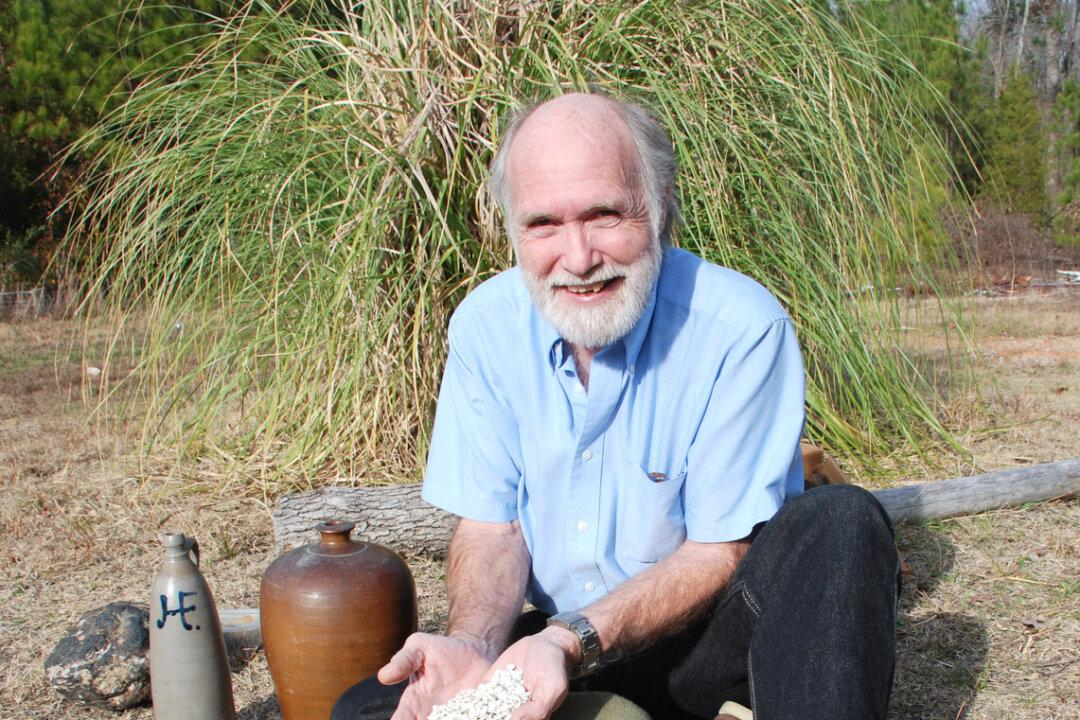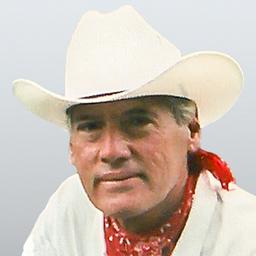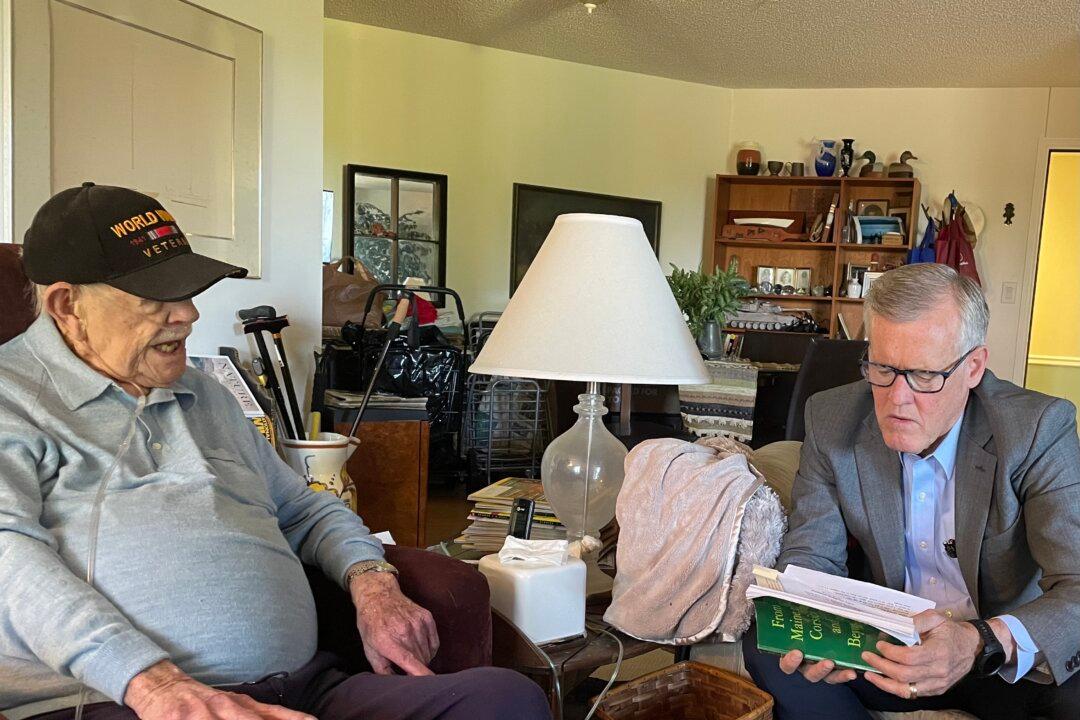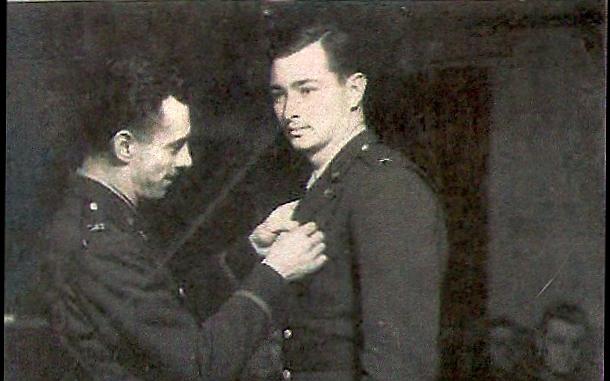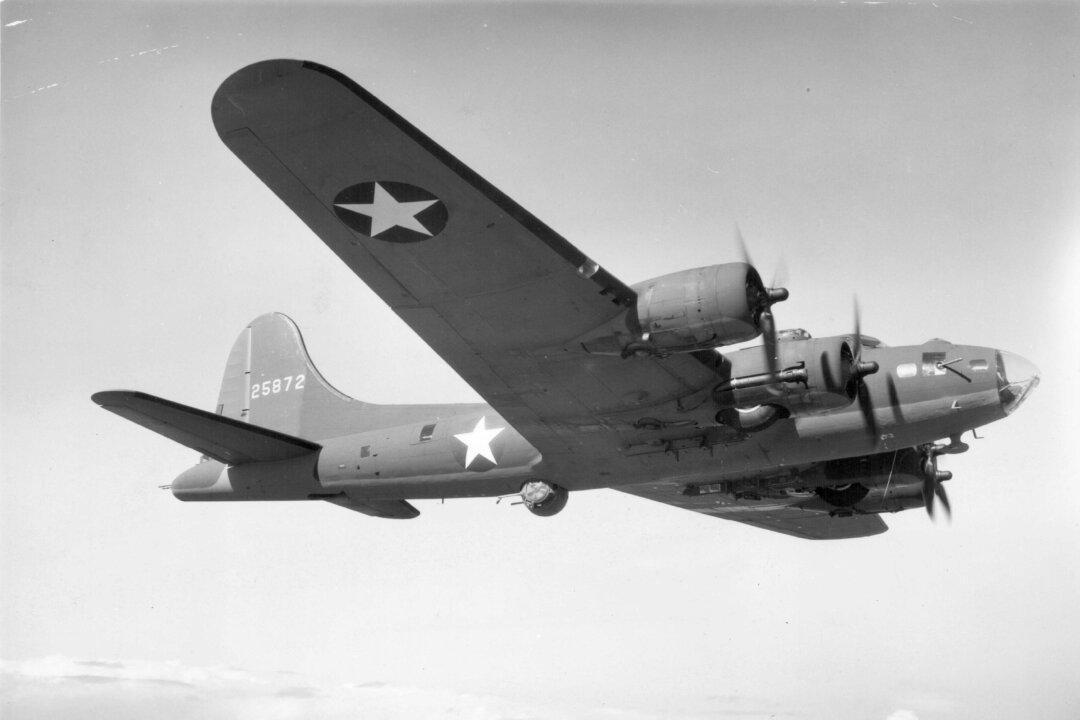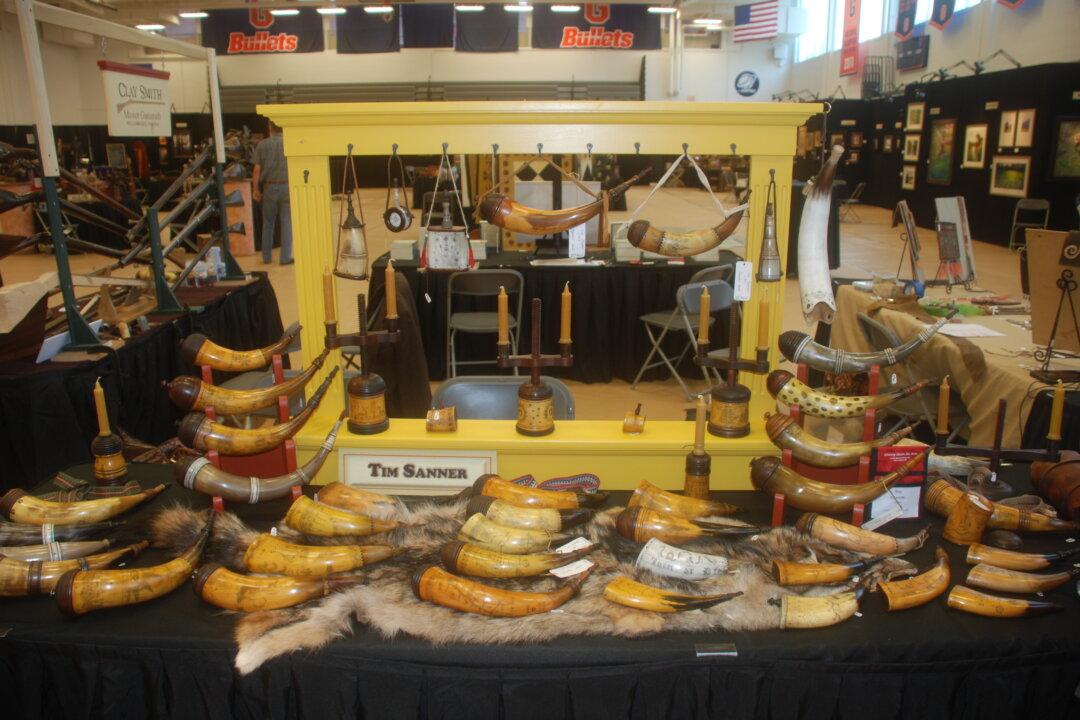Once a year the Academy of Underwater Arts and Sciences votes and awards its highest honor, the NOGI, to a select cadre of divers who are simultaneously elected as fellows of the Academy. For any in the marine sciences, arts, sports or those that have distinguished themselves in the international diving community through service, the NOGI represents the ultimate approval of their peers. It is the diving world’s highest award. For those in the marine field it has been said to be the equivalent of an Oscar or a Pulitzer Prize. For Dr. E. Lee Spence it was formal recognition for his career as a shipwreck historian, underwater archaeologist, discoverer, diver and author.
NOGI stands for New Orleans Grand Isle, an acronym almost lost to history. In the 1960s, when spearfishing competitions were popular, the award was promoted for prowess in sport. As it developed, the NOGI became the most prestigious award in the diving industry. The activity grew in popularity as diving was used to explore and discover the underwater world as well as to work and have fun.
The award itself evolved and was enhanced to recognize achievements in a wider sense. Recipients included persons such as Commander Philippe Tailliez, the father of diving who brought fellow NOGI recipient Jacques Yves Cousteau into diving as well as Frederic Dumas another original pioneer. Lloyd Bridges, the movie actor who played Mike Nelson in Sea Hunt, was a fellow along with Hans and Lotte Haas as well as inventor and pioneer Dimitri Rebikoff to name just a few.
Initially the statuettes were carved by hand from dark wood by a talented sculptor. After his death molds were made and epoxy models of the 21-inch high statuettes produced. Through the generosity of Wyland, a fellow of the Academy and world renowned marine artist, acrylic statuettes were made. The crystal clear awards are engraved with the recipient’s name.
At a formal dinner given to honor the recipients of the NOGIs during the Diving Equipment and Marketing Association (DEMA) trade show held in Orlando, Florida last month, Dr. Spence received the 2012-2013 NOGI for Science. Three others that had been elected by the fellowship were also honored. Michael Aw in Arts for his underwater photography, Bret Gilliam for Sports/Education and Dave Parker for Distinguished Service. An environmental award was given to Dr. G. Carleton Ray by the officers of the Academy. Each recipient also received a medal on a ribbon to be worn around the neck on formal occasions.
Dr. Spence is a native of South Carolina. Named for General Robert E. Lee, a distant relative, he has been diving all of his adult life. His research resulted in discovery of the Confederate States submarine Hunley lost after its successful attack on the Union sloop of war Housatonic. The Hunley disappeared after the attack with the loss of the entire crew of nine. In 1970, then 22 year old Spence got fishermen to take him out to a site outside Charleston harbor where he reckoned he might find remains of the submarine. As a young diver his exploits coming to the rescue of fishermen whose nets snagged on scores of wrecks lost during the Civil War were renowned.
The sand had shifted on the bottom and Spence saw the shape of the submarine’s hull. He immediately recognized what he'd found. When he surfaced he cried out to the fishermen that helped him aboard, “I found the Hunley.”
Dr. Spence later filed an admiralty lien on the vessel, produced maps of his find and shared the location as well as his discovery with state and federal officials. At the official request of the South Carolina Hunley Commission, he donated his rights in the Hunley to the state so it could be preserved for everyone.
The Hunley was eventually raised in 2000 from the exact spot where Spence had marked it on his map almost thirty years before. His diving and research resulted in many more shipwreck finds in waters around his native South Carolina. He discovered, explored and recovered artifacts from the wrecks of numerous blockade runners including the Georgiana, said to have been the most powerful Confederate cruiser ever built.
While conducting research about the Georgiana, Spence found that it was owned by Charleston shipping magnate George Trenholm. Fascinated by the history of the Civil War and perhaps the best known fictional account of the travails of a southern family, Spence immediately saw parallels between the tall, handsome Trenholm and Rhett Butler in “Gone With The Wind.”
In his book “Treasures of the Confederate Coast: The Real Rhett Butler & Other Revelations,” Spence describes how “Gone With The Wind’s” author Margaret Mitchel fashioned the fictional Rhett Butler from the real life chivalrous merchant prince and blockade runner, George Trenholm.
During his dives of discovery, along with cannons and cannonballs, Spence recovered straight pins and glass buttons from the shipwreck. He related parallels in the book where women of the South coveted sewing items deprived them by the Union blockade of southern ports. Spence told how Rhett ran them in “at great risk to his life.”
For researchers in the field of marine archaeology, history, shipwrecks and maritime commerce, Dr. Spence authored comprehensive lists known as Spence’s List, akin to tomes like Lloyd’s Registry and other compendia of encyclopedic information about vessels.
“I feel so honored to have been elected by such distinguished fellows of the Academy. I have known many of them for years and have the greatest respect for their achievements,” Spence said. His own achievements through research, exploration, discovery and publication add to the overall knowledge of shipwrecks and maritime history.
